I tested 4446 hatching eggs from backyard chickens and this is what I found!
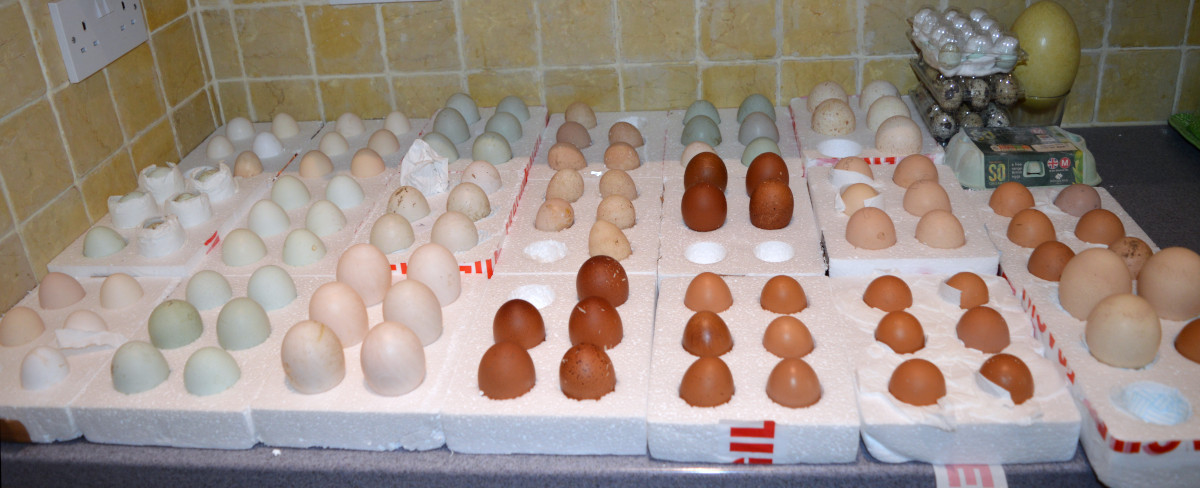
I embarked on a clucking good adventure, testing a staggering 4,446 eggs from backyard chicken flocks across the country over the course of 12 months.
Are eggs from rare breed backyard chickens really better than those of modern egg laying hybrids?
Table of Contents
This study was designed as a fertility study into bought hatching eggs and to test the state of backyard chicken keeping.
How I got the eggs to test:
I wanted eggs from proper backyard breeds and from chickens that had not been vaccinated.
I purchased eggs from all over the country from Anconas to Welsummers but excluded any hybrids. I specifically wanted eggs from birds that were bred by backyard keepers and hadn't been vaccinated.
Hatching eggs were bought from eBay, various websites, registered breeders, poultry auctions and locally. I included some of my own eggs in the testing process.
Below: Eggs sold as hatching should conform to a breed standard.
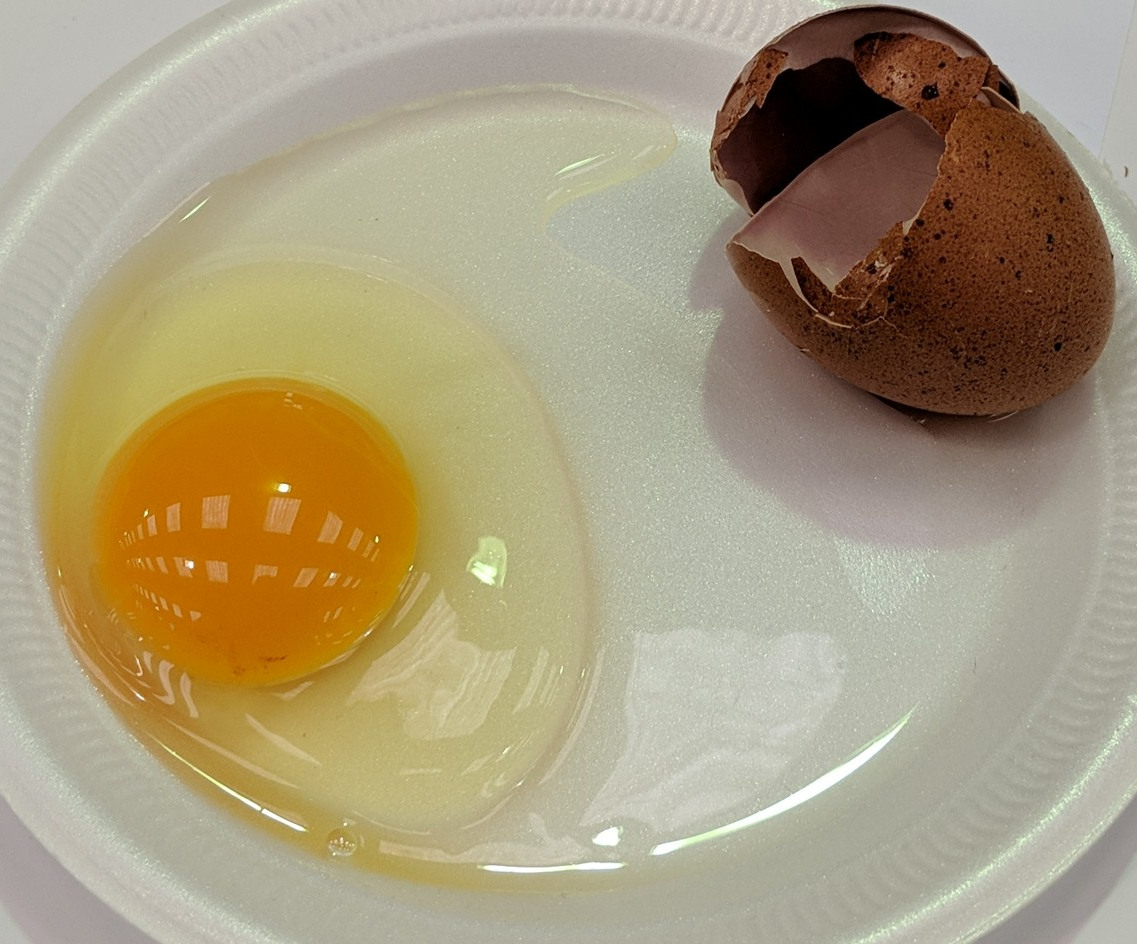
What I tested:
The eggs were split into groups and tested for:
- Shell defects and cleanliness,
- Fertility and hatch-ability,
- Survival rates of the chicks,
- Salmonella and E. coli infection,
- Internal defects and quality of the contents,
- Compliance with breed and trading standards
As a side benefit I got to see which courier company was the best.
TL;DR results outline:
The results at a glance. In depth below.
- Nearly 7% of the shells had some sort of defect or were too dirty to incubate.
- Fertility was 77% and 53% of eggs set went on to hatch normally. 39 chicks died withing 7 days of hatching. 741 eggs were incubated.
- Eggs from backyard chickens are 5 times as likely to be contaminated with salmonella. 7 eggs from the 640 sent to a laboratory for testing were found to be infected with Salmonella!
- 17% of eggs showed some sort of internal defect or content quality issue.
- 2 in 5 eggs did not fall within the published breed standards.
- Only 60% of the eggs were a suitable size or colour for their breed. A fact that was borne out in the hatch tests when a considerable number of chicks looked nothing like their breed standard.
It turns out that 40% of backyard keepers who are selling hatching eggs are not taking the time and care to make sure that the eggs they are selling are up to the breed standard.
How I tested the eggs:
1 egg from each 6 was randomly selected by my long suffering wife and subjected to one of the tests.
- 1 had it's shell tested,
- 1 was incubated,
- 1 was sent to a laboratory for testing for pathogens,
- 1 was cracked open to examine the contents,
- 1 was compared to it's breed standards,
- The last of the 6 was compared directly to a store bought egg (Next Article coming soon).
First test - Shells :
Shells were tested for cleanliness and strength and were candled to look for cracks or other defects that would render then unsuitable for hatching.
Below: Eggs shells were tested for thickness, strength and other deformities.
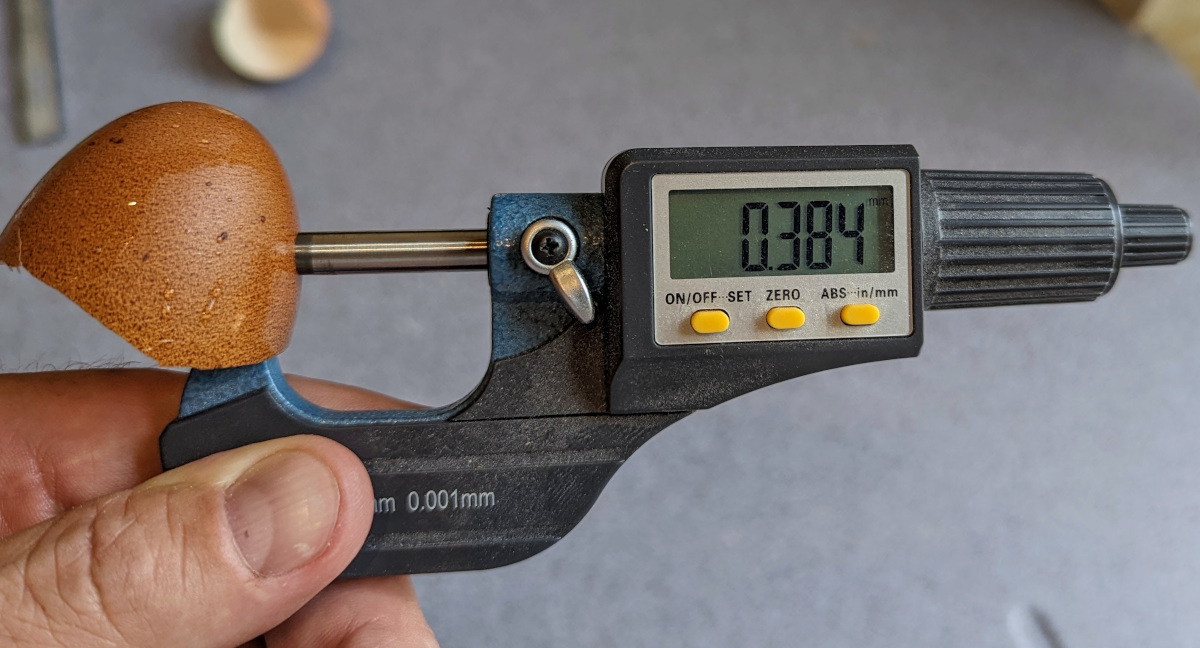
Shell strength of eggs is a destructive test using a force gauge. 6.7 % of eggs had some sort of defect, the most common was weak spots, cracks and excess porosity.
Below: Did we get some seriously dirty eggs during the test.
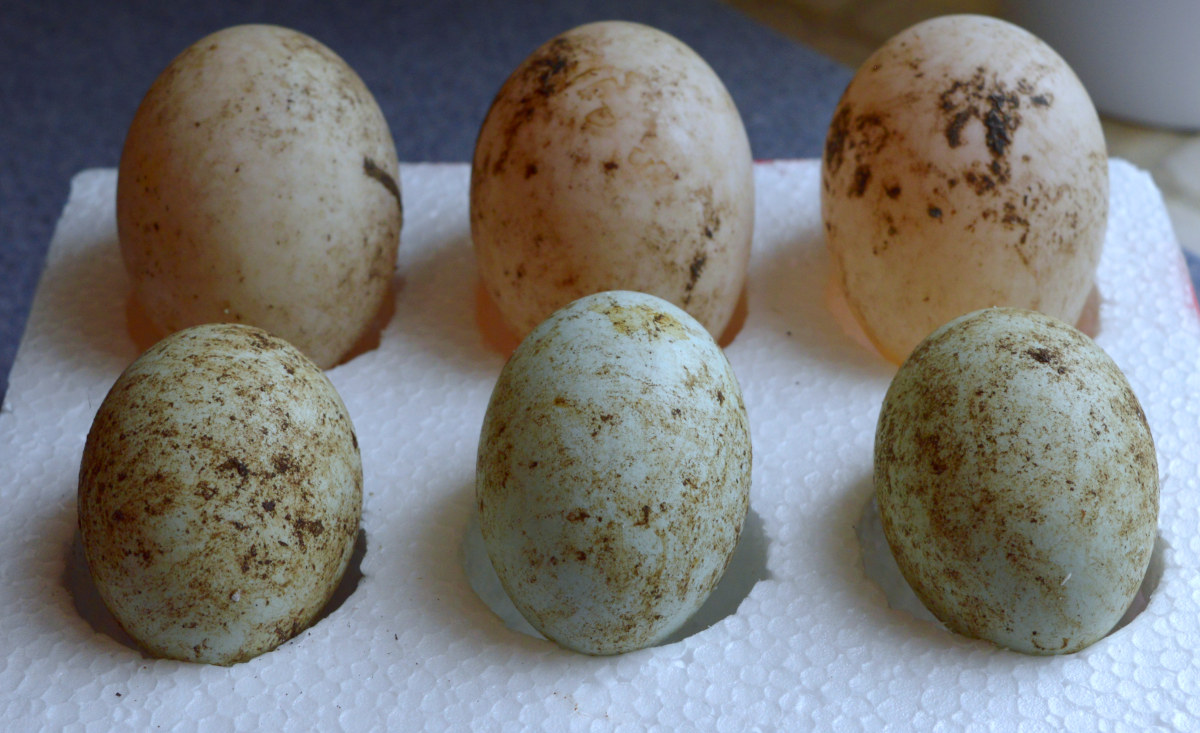
There are a considerable number of egg and shell abnormalities with a variety of causes. Shell defects are one of the leading cause of infections in eggs.
Second test - Pathogens:
Eggs were sent to UKAS accredited labs within the UK for testing. A total of 640 eggs were tested and 7 positive results were confirmed.
The results come in an email - Sample 3428594-Raw egg in shell, 3428595-Raw egg in shell has returned a positive result for Salmonella species.

A total of 7 eggs returned a positive result (1.09%), 2 of which were in the same batch and could have been from the same vendor.
The CDC in the USA estimates that Salmonella infection in vaccinated flocks is 1 in 20,000 or 0.01% and in the UK, actual testing shows an infections rate of 0.23% meaning backyard chickens have 5 times the rate of Salmonella infection.
I have to say i was very glad to find that none of my eggs had any salmonella contamination.
Third Test - Incubation:
Eggs were incubated in batches of 50 in my RCOM incubator. Results were mixed and one hatch was particularly disastrous with only 7 hatching from 50 eggs set and two of those chicks dying within 4 days.
I find with eggs from my own that I can get an 81% hatch rate.
Below: The results of a test hatch.
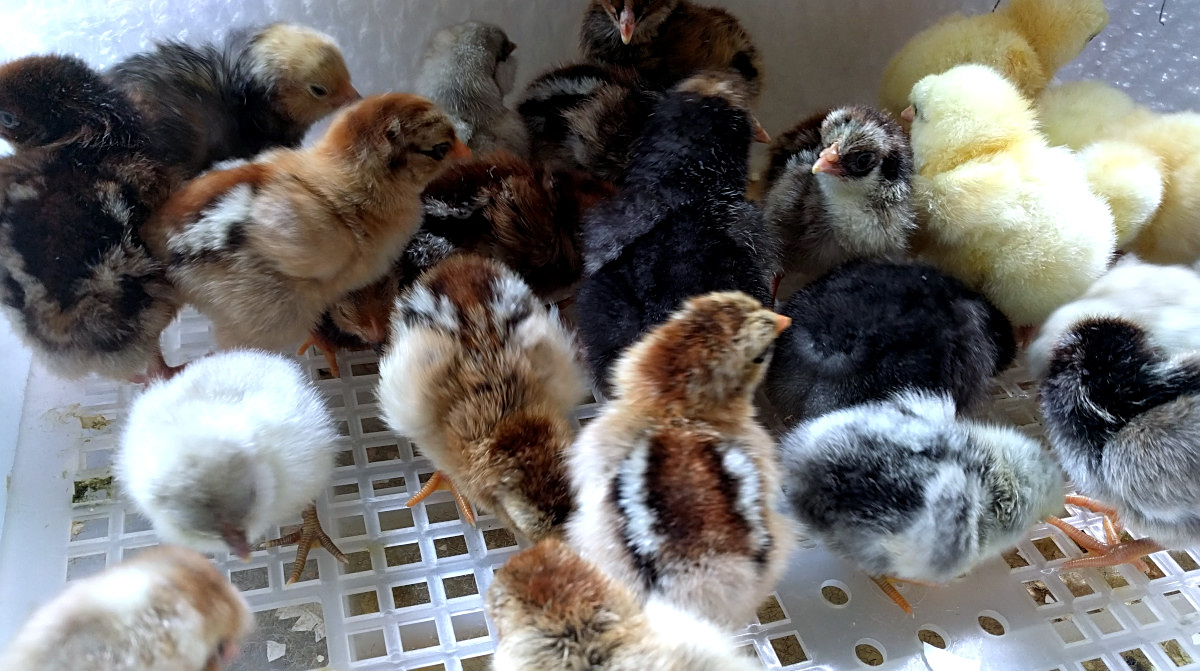
Fertility rates in tested eggs were 77.2% and hatch rate was 53.7% overall of the nearly 650 eggs tested over the course of the year. Eggs were classed as fertile if the they showed any embryonic development.
39 chicks died withing 7 days of hatching.
Nearly 1 in 4 incubated eggs was a clear.
Fourth test: The internal exam:
I made use of the poultry clubs egg assessment method for show egg contents. As a considerable number of these eggs had been in the tender care of the postal system a higher number of internal and shell defects was to be expected.
Below: Eggs were cracked onto white plates and compared directly.

The yolk should be situated in the centre of the of the thick albumen. The white of the egg should be clear and have a definite outline with as little thin white as possible.
The yolk can be any colour between bright golden yellow and deep orange.
Below: Yolks were measured and marked for their intensity of colour.
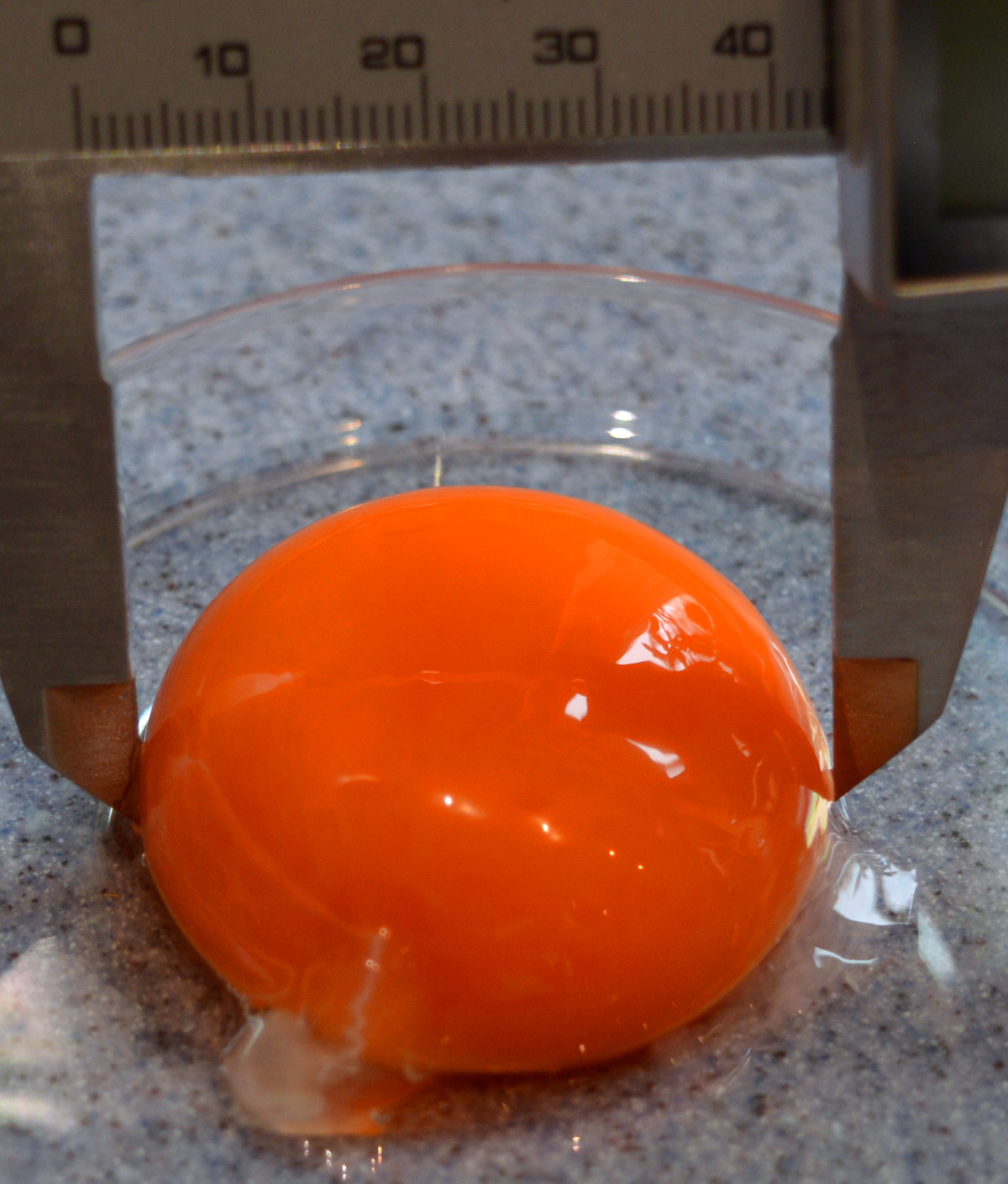
Pale yolks were marked down as were any that were flat rather than a lovely round shape.
The most common defects were torn and damaged membranes, missing or malformed chalazae cords and "meat spots"
The fifth test: Compliance with breed standards:
This involved both the assessment of the eggs size and colour if applicable and the appearance of the chick after hatching. In short it was very poor.
Below: Each pack of 6 should be from the same breed and yet there is huge variability in size, shape and colour.

There was also much variability in the chicks when they hatched.
Takeaways on how to make sure you get the best eggs:
If you want the best eggs for hatching you should join the breed club for your chosen variety and find a quality breeder.
Yes the eggs will be expensive but the hatch rate will be better and the long term survival prospects of the chicks will be much improved.
I have written extensively on buying hatching eggs from eBay, or indeed any online website. Research your vendor.
Pay extra for Special delivery or expedited shipping. Depending on the courier the eggs I ordered could spend 5 days in transit. Don't get your eggs shipped on a Thursday or Friday, they will spend the weekend in a hot/cold warehouse.
Eggs collected locally had a better hatch rate than those that had been shipped.
